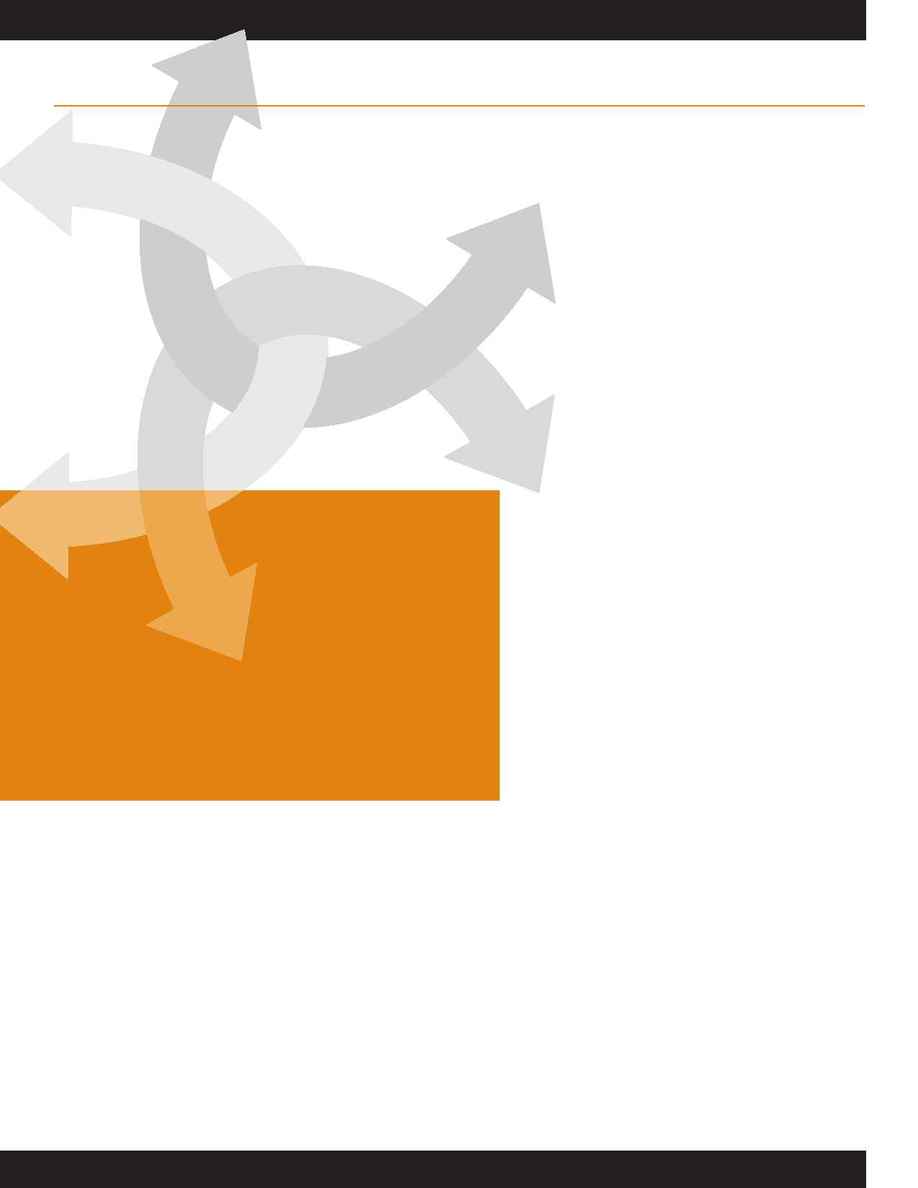
Vol. 9 Issue 1 2002
BIOSIS Evolutions
2
www.biosis.org
It's a search that information specialists will tell you
can lead to nothing more than dead-ends and
headaches. By spreading out in all directions, new
fields of research have created opportunities for
scientists, and also the challenge to find information
resources that can keep up with this growth. At
Cornell University, some of the information specialists
have found that one of the best sources is one that
they already have the BIOSIS Previews database.
"We have always considered BIOSIS a high quality
database with comprehensive coverage of biological
sciences," said Mary Ochs, Head of the Collection
Department for Cornell's libraries. "Cornell has a
veterinary college and the College of Agriculture and
Life Sciences, and BIOSIS is an important source for
all of those researchers."
While Cornell researchers working in traditional areas
of life sciences research such as biology and medicine
have always turned to BIOSIS Previews for
information, Ms. Ochs pointed out that the growing
stress on interdisciplinary research at Cornell has led
to researchers from other fields using it as well.
"Cornell is probably like a lot of other institutions,
where biological sciences research is starting to move
even wider out of the more traditional research
centers," said Ms. Ochs. "For example, Cornell scientists
are working on nanobiology research, which has many
biomedical applications. You've got engineers and
computer scientists working on one aspect of a project,
but then biological sciences researchers working on
another aspect of a project." In all of this research,
says Ms. Ochs, "BIOSIS is one of our core databases."
The growth of research and where to find it is something
that Ms. Ochs has been acquainted with not just from
her work at Cornell, but through her participation with
the United States Agricultural Information Network
(USAIN). Though a relatively small organization of
information specialists from agricultural schools
and businesses, USAIN is involved with important
initiatives, such as state-wide collaborations to preserve
important historical documents on agricultural and
rural life, and the AgNIC Web site, which provides
links to agricultural research databases and resources
on the Web.
Ms. Ochs pointed to the Internet in particular as an area
where the cooperative efforts of an organization like
USAIN make a difference, especially in interdisciplinary
studies. As one example, she pointed to the increasing
amount of genomics files on the Web, and how
scientists from many different fields are taking
advantage of their availability. "The genetic information
coming out of plant research is relevant to humans
and animals and vice-versa," she said. "So you get an
overlap in fields of scholarship that didn't exist as
much in the past."
Relying on the Web as the only source of information
can sometimes be a problem as well, Ms. Ochs admits,
particularly with younger students. She notes that
"our undergraduate students would like everything to
be online." There's a balancing act, then between
informing the students of print resources that are
useful as well, and catering to the demand for online
information. "We're trying to meet this need [to access
research on the Internet] by building a digital collection
so the students aren't tempted to go out and use what
they can get, even though it might not be the highest
quality material."
Training students to use all of Cornell's information
sources, including BIOSIS Previews, begins in the first
semester of freshman year. "They're all taught how to
use BIOSIS as part of a library tutorial. As a biological
sciences student at Cornell for the next four years,
they're going to have to use the BIOSIS database."
s
D
ISCIPLINARY
A
CTION
Cornell Meets the New Demands of Interdisciplinary Research
Mary Ochs
Cornell University
"
You've got engineers and computer
scientists working on one aspect
of a project, but then biological
sciences researchers working on
another aspect of a project.
"
